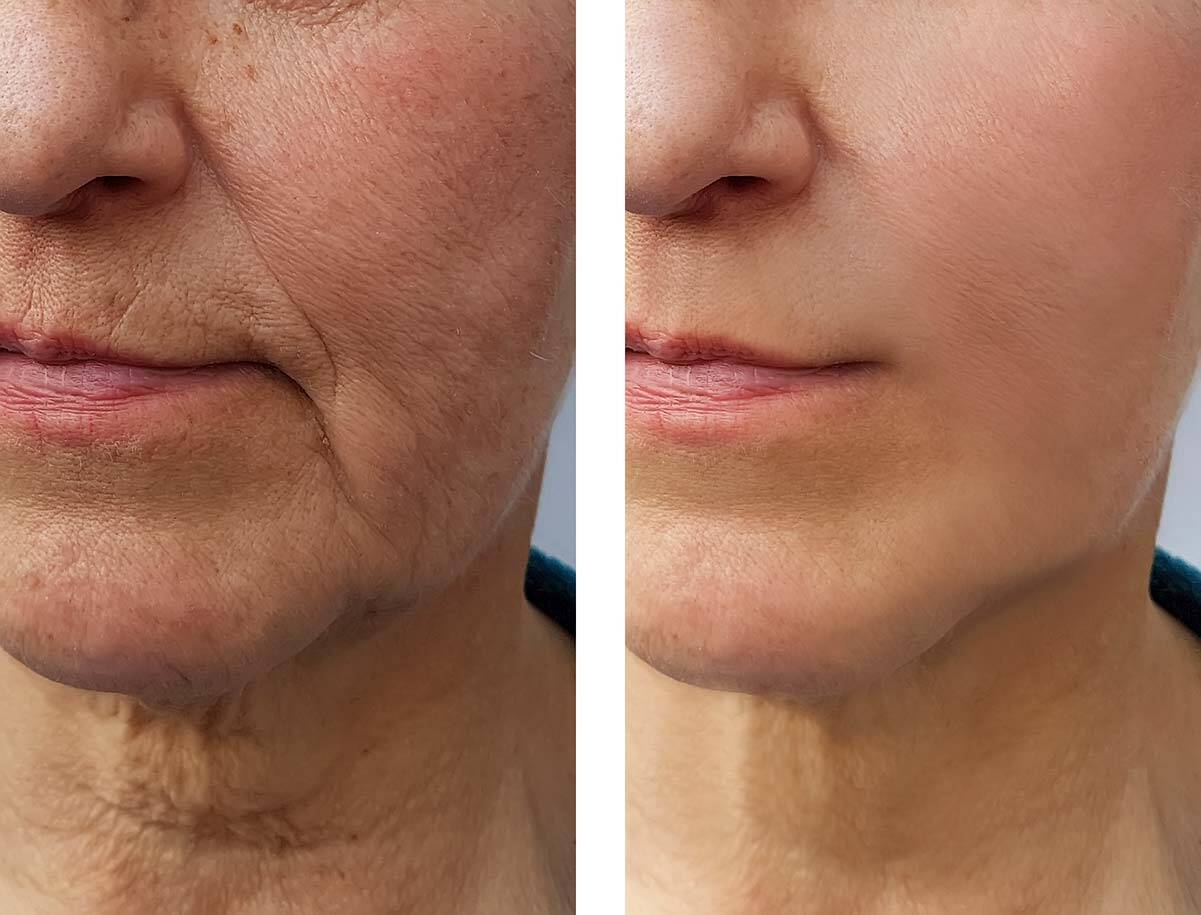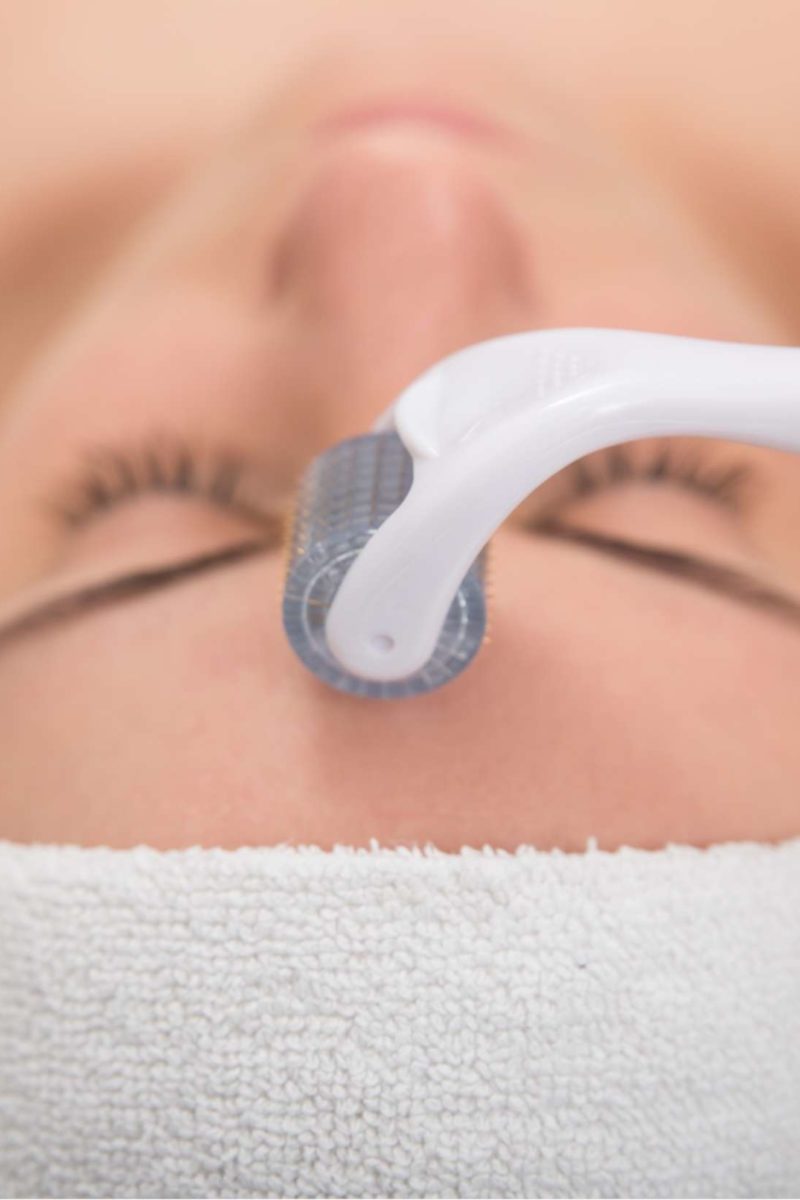Table Of Content

The studies on the use of microneedling for hair growth seem promising, but this technique seems to be even better when paired with topical hair loss medications like Minoxidil. The tiny wounds created during microneedling trigger enhanced blood circulation, which helps deliver an increased amount of nutrients and oxygen to hair follicles. Most people have microneedling procedures performed on them by a doctor or aesthetician at a clinic. These professionals have access to high-grade microneedling devices with features such as customizable needle lengths or the ability to emit radiofrequency. Microneedling is a minimally invasive cosmetic procedure that treats skin concerns by stimulating collagen production.
substantial weight loss over a short period of time
Microneedling typically has a shorter recovery time compared to the lasers or chemical peels that are also used to help resurface the skin and improve its texture. Yes, microneedling can help with hair loss by stimulating scalp blood flow and nutrient delivery to hair follicles. There is growing interest in the use of microneedling as a standalone and adjunct therapy for hair loss disorders. It is important to note that microneedling is not recommended for patients with active scalp infections, bleeding disorders, or certain medical conditions that affect the immune system. Patients who are pregnant or breastfeeding should also avoid microneedling for hair loss. The tiny cuts that come with the rolling of the scalp activate hair cells promoting growth.
Does Microneedling Cause Hair Growth?
However, unlike other hair loss treatments that need to be applied on a daily basis, microneedling can be applied as little as every few weeks. Most studies last a few months and report positive changes in hair regrowth and hair density after 3-6 months. Different microneedling devices or devices with different needle lengths may be used, depending on the treatment or combination of treatments you’ve selected.
AA and AT

Although microneedling can be done at home, both experts recommend scheduling an in-office treatment with a licensed professional. "So that microneedling can support adjunct therapies, outcomes can be tracked and documented, and for the safe administration of therapies," explains Joseph. Rabach adds, "There are microneedling pens that you can buy for home but they are usually less than 1 millimeter. This at-home length is too short to effect change where the hair follicles are, which is usually 2.5 to 3 millimeters deep." Before beginning any microneedling session, it's important to first consult a licensed expert who can customize the treatment to meet your needs. Allegedly, microneedling can boost scalp health in such a way as to treat and prevent hair loss, keeping hair full and healthy for longer. To find out more, we tapped experts Veronica Joseph and Morgan Rabach to let us in on everything there is to know about microneedling for hair growth.
How to Use a Dermaroller for Hair Regrowth
Microneedling treatment has emerged as a versatile and effective cosmetic procedure with applications in hair restoration, skin rejuvenation, and to improve acne scars. Its ability to stimulate the WNT-Pathway, enhance medication delivery, and boost the effectiveness of regenerative therapies makes it a valuable tool in the field of aesthetics and dermatology. However, it’s essential to approach microneedling with caution, considering factors such as needle depth, frequency, and potential side effects. Consulting with a qualified healthcare provider is key to achieving optimal results and ensuring a safe and successful microneedling experience. Microneedling, acting as a monotherapy, already triggers a localized inflammatory response and subsequent release of growth factors within the scalp.
Step 2: Prepare Your Scalp

Microneedles used for do-it-yourself home treatments are usually between 0.1 millimeters (mm) and 0.2 mm long. Microneedles used on the scalp shouldn't be pressed hard enough to puncture the skin or cause micro-wounds that bleed. At-home derma rollers used for hair loss are safest and most beneficial when gently applying topical minoxidil without rupturing the skin barrier. Microneedling won't help other types of hair loss caused by certain drugs (anagen effluvium), such as chemotherapy treatments.
Microneedling Before and After: Photos That Show Results - First For Women
Microneedling Before and After: Photos That Show Results.
Posted: Wed, 06 Dec 2023 08:00:00 GMT [source]
First, your derm or trichologist will cleanse your scalp or the exact area where you would like to stimulate hair growth. Then, using a topical serum they will numb said area so that the treatment is not painful. Finally, they will begin microneedling by puncturing the skin using an electric skin needling pen. Following the procedure, you can expect to see new hair growth in three to six months, confirms Rabach. This leads to a shortened anagen phase, reductions to dermal papillae cell cluster sizes with each re-entry into anagen and, consequently, microvascular degradation alongside progressive hair follicle miniaturization [33–36]. A small 2022 study with 18 participants found that microneedling with 5% minoxidil topical solution once a week for six weeks as part of alopecia treatment showed efficacy and safety.
All of these studies have a consensus on the benefits of microneedling at home. Researchers showed that using Follica's microwounding device to treat female pattern hair loss produced very positive results. Of the five studies with AA and AT subjects, enrollment ages ranged from 16 to 45 years, with a subject-weighted average of 28.34 years.
In this comprehensive guide, we will cover everything you need to know about microneedling and how it helps with the treatment of various hair loss conditions. The evidence presented in this article will rely on high-quality clinical studies and peer-reviewed papers. This literature reviews summarizes a body of clinical evidence on microneedling for hair loss disorders to evaluate hair loss outcomes, evidence quality, limitations in research, and areas of opportunity for future investigations. In contrast, microneedling is safe, effective, and has very minimal side effects.
These growth factors, including platelet-derived growth factor (PDGF), transforming growth factor-beta (TGF-β), and insulin-like growth factor (IGF), play a critical role in stimulating and encouraging new hair growth. Microneedling for hair loss is a minimally invasive procedure that is generally well-tolerated by most individuals. Additionally, following post-treatment care and a consistent treatment schedule can maximize the potential benefits of microneedling for hair loss. This helps to explain why microneedling has emerged as a buzzy new treatment for alopecia (hair loss), comments Joseph. The sterilized, medical-grade needles used by professional microneedlers are much longer (0.5 mm to 2.5 mm) than do-it-yourself microneedles.
Your provider will also give you instructions on how to care for your skin in the following days. Microneedling is often used to address scarring, particularly scars caused by acne. Those who have conditions like diabetes that may inhibit proper wound healing should also avoid microneedling. For this reason, you should also never share a microneedler with another person. You can find microneedles with needle lengths anywhere from 0.2mm all the way up to 2.5mm.
The number of MN sessions ranged from three to six, with a mean of 4.40 MN sessions per study. The frequency of MN sessions ranged from twice weekly to once monthly, with a mean session frequency of once per 2.64 weeks. The number of MN sessions ranged from 3 to 52, with a mean of 9.53 MN sessions per study. However, issues regarding Microneedling viz; different sizes of needles of the dermaroller, frequency, duration and end point of the procedure are yet to be answered. There was steady increase in target area hair count over 12 weeks in subjects of Microneedling group.
And if you're wondering what is the best at home microneedling tool for you, check out our article on the best derma roller for hair growth of 2023. Microneedling at home helps with a myriad of skin conditions, including hair loss, skin rejuvenation, wrinkles, acne, stretch marks, and scars. It can also help with pigmentation issues, such as melasma and enlarged pore size.

No comments:
Post a Comment